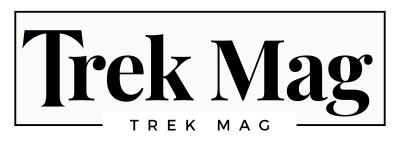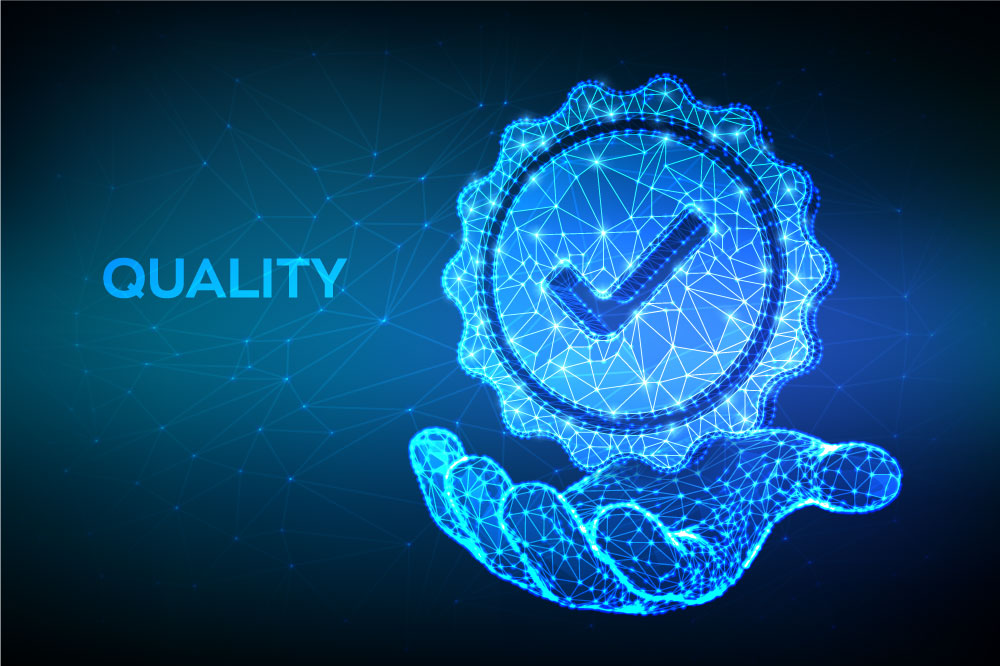In the competitive and heavily regulated landscape of Australian industries, quality assurance is no longer just about meeting standards—it’s about embedding resilience, efficiency, and trust into every aspect of operations. The modern quality assurance framework, when integrated with a risk register, goes beyond compliance to proactively identify and mitigate risks, ensuring consistent quality and sustainable growth.
This blog explores how Australian businesses can use the interplay between a quality assurance framework and a risk register to rethink their approach to operational excellence.
From Compliance to Strategic Advantage
Traditional quality assurance frameworks often focus on ensuring that processes, products, or services meet established standards. While this approach is important for compliance, it may not identify underlying vulnerabilities that could disrupt operations or shake customer trust.
In Australia, where industries must navigate complex regulatory environments, economic uncertainties, and environmental challenges, a forward-thinking approach is essential. Integrating a risk register into the quality assurance framework transforms it into a strategic tool that not only maintains quality but also anticipates and mitigates potential disruptions.
The Risk Register: A Foundation for Proactive Quality Management
A risk register serves as a dynamic document that identifies, evaluates, and prioritizes risks across all facets of an organization. Its integration into the quality assurance framework ensures that risks affecting quality—whether operational, financial, environmental, or reputational—are continuously monitored and addressed.
Key Benefits of a Risk-Integrated Quality Framework:
Holistic Risk Identification
When quality assurance and risk management operate in a silo, risks often go unnoticed. Integrating the two ensures that risks related to processes, supply chains, compliance, and customer expectations are identified and addressed collectively.
Prioritized Actions
A risk register, through categorization of risks regarding their likelihood and impact, allows organizations to allocate resources effectively, ensuring high-priority issues are dealt with before they get out of hand.
Dynamic Adaptation
The risk register evolves with the organization, capturing new risks as they emerge. This adaptability ensures that the quality assurance framework remains relevant in Australia’s rapidly changing business environment.
Addressing Australian-Specific Challenges
Australia’s unique geographical, regulatory, and economic context introduces specific challenges that a risk-integrated quality framework can address:
Regulatory Complexity: With varying state and federal regulations across sectors like healthcare, mining, and agriculture, ensuring compliance is a significant challenge. A risk register helps businesses stay aligned with these requirements, avoiding costly non-compliance issues.
Supply Chain Vulnerabilities: Australia’s reliance on global supply chains increases exposure to disruptions, from geopolitical tensions to natural disasters. Integrating supply chain risks into the quality framework ensures these vulnerabilities are proactively managed.
Environmental Concerns: Climate-related risks, such as bushfires and floods, directly impact operations and quality. A risk register embedded in the quality framework ensures these risks are accounted for and mitigated effectively.
Building a Risk-Driven Quality Framework
To create a truly resilient quality assurance framework, businesses must reimagine how they integrate risk management into their processes.
- Align Objectives
Ensure that the quality assurance framework and risk register share common goals, such as improving customer satisfaction, maintaining compliance, and enhancing operational efficiency.
- Embed Risk Assessments into Quality Processes
Risk assessments should be a standard part of quality audits, ensuring that risks are evaluated in the context of their impact on quality metrics. For example, risks related to supply chain delays should be assessed for their potential to disrupt product delivery timelines.
- Leverage Technology
Advanced tools, such as real-time dashboards and predictive analytics, can enhance the integration of risk and quality data. For Australian businesses with complex operations, these tools provide the visibility needed to anticipate and respond to risks effectively.
- Foster a Culture of Accountability
Embedding risk management into quality processes requires a cultural shift. Employees at all levels should be trained to identify risks, understand their impact on quality, and take proactive measures to address them.
Benefits of Integration
By connecting the quality assurance framework with a risk register, Australian businesses can achieve:
Enhanced Resilience: Proactively addressing risks reduces the likelihood of disruptions, ensuring consistent quality and operational continuity.
Regulatory Confidence: A well-documented risk-integrated quality framework demonstrates compliance and builds trust with regulators and stakeholders.
Improved Decision-Making: Data-driven insights from the risk register enable leaders to make informed decisions that balance quality, cost, and risk.
Sustainable Growth: Identifying and mitigating risks tied to environmental and social factors aligns with ESG goals, supporting long-term success.
The Future of Quality Assurance in Australia
As Australian businesses face increasing scrutiny from regulators, customers, and investors, the integration of risk management into quality assurance is no longer optional—it’s essential. Future-ready organizations will adopt frameworks that are not only compliant but also adaptive, resilient, and aligned with broader business goals.
Conclusion
Australian businesses involve a quality assurance framework integrated into a risk register. Indeed, the hybridization of risk management with quality processes assures an organization can be confident as it maneuvers uncertainty and delivers consistent value to stakeholders while positioning itself as a leader in operational excellence.
This approach isn’t just about mitigating risks—it’s about turning those risks into opportunities for improvement and growth. In a world where quality and resilience are inseparable, Australian businesses that embrace this integration will be well-equipped to thrive.








